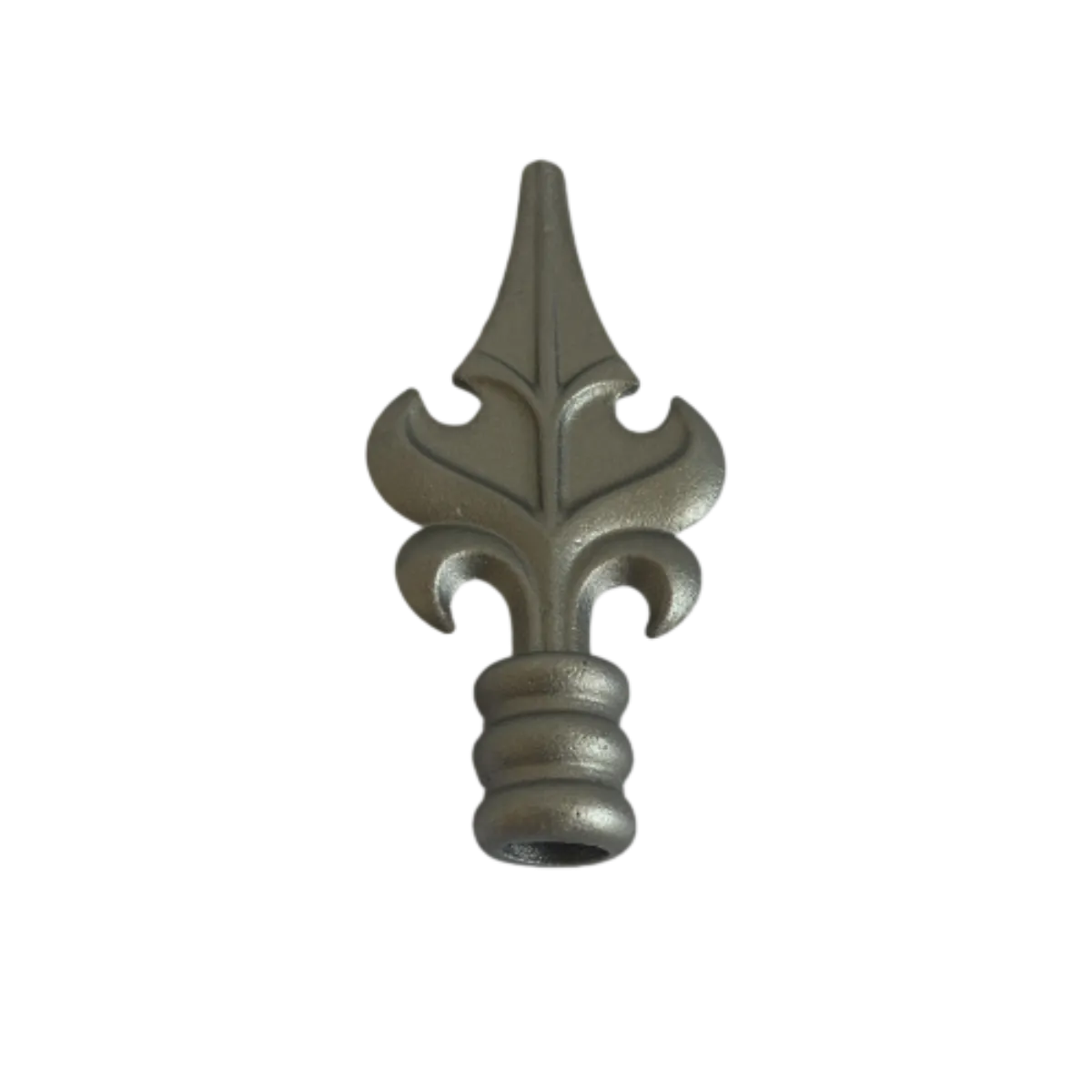iron casting
The Art and Science of Iron Casting
Iron casting is an age-old manufacturing technique that has played a pivotal role in various industries, from automotive to construction. This process involves pouring molten iron into a mold to create intricate parts and components that serve a multitude of functions. Despite the advancements in technology and materials, iron casting remains a remarkable blend of artistry and engineering, showcasing its enduring significance in modern production.
Historical Context
The practice of casting iron dates back over two millennia, with origins tracing back to ancient China where it was first utilized for agricultural tools and weapons. Over the centuries, the technique evolved, particularly during the Industrial Revolution when the demand for durable and affordable materials soared. Innovations in furnace design, mold making, and the melting process significantly enhanced the capabilities of iron casting, allowing for more complex shapes and sizes.
The Casting Process
The iron casting process consists of several key steps that combine both mechanical and chemical principles
1. Pattern Making The first step involves creating a pattern, which is typically made from materials like wood, metal, or plastic. This pattern will serve as a template for the mold.
2. Mold Preparation The pattern is placed into a mold box to create a cavity shaped like the desired component. Molds can be made from sand, metal, or ceramic, where sand casting is the most common method due to its cost-effectiveness and versatility.
3. Melting the Iron The chosen iron or iron alloy is then heated in a furnace until it reaches a molten state, typically at temperatures exceeding 1,500 degrees Celsius. This process can involve different types of furnaces, such as cupola furnaces, induction furnaces, or electric arc furnaces.
4. Pouring Once the iron is molten, it is carefully poured into the pre-prepared mold. This step requires precision to ensure the mold is completely filled without any air pockets or defects.
5. Cooling and Solidification After pouring, the molten iron is allowed to cool and solidify within the mold. Cooling times can vary depending on the thickness and complexity of the casting.
iron casting

6. Mold Removal and Finishing Once the iron has cooled sufficiently, the mold is removed, and the casting is cleaned to remove any sand or impurities. Additional finishing processes such as machining, grinding, or painting may follow to achieve the desired final appearance and dimensions.
Applications of Iron Casting
Iron castings are ubiquitous in numerous applications. They are extensively used in the automotive industry for engine blocks, transmission cases, and brake components. The construction sector also relies on iron castings for architectural elements, plumbing fixtures, and heavy machinery parts. Even in art, cast iron is a popular medium for sculptures and decorative pieces.
Advantages of Iron Casting
The versatility of iron casting comes with numerous advantages. Cast iron, particularly, exhibits excellent fluidity, making it ideal for casting intricate shapes. It also has notable wear resistance, thermal conductivity, and high melting point, allowing it to perform effectively under extreme conditions. Furthermore, the process of recycling scrap iron makes it an environmentally friendly option, reducing waste and conserving resources.
Challenges and Innovations
Despite its many benefits, iron casting is not without challenges. The complexity of the molding process can lead to defects such as porosity or shrinkage, which necessitate ongoing quality control. Moreover, the industry's shift towards lightweight materials poses challenges for the future of iron casting.
However, advancements in technology, such as additive manufacturing and computer-aided design (CAD), are opening new avenues for innovation in iron casting. These technologies enhance precision, reduce lead times, and enable the creation of designs that were previously unfeasible.
Conclusion
Iron casting is a remarkable combination of tradition and technology, continuing to serve as an essential method for producing durable and complex components across various sectors. As industries evolve and demand for sustainable practices grows, iron casting stands poised to adapt, showcasing its lasting relevance in the modern manufacturing landscape. The fusion of art and science in this ancient technique underscores the ingenuity of human craftsmanship and engineering. Whether seen in a vehicle's engine or an artistic sculpture, the legacy of iron casting is woven into the fabric of our daily lives.
-
Window Lock Handle for Security UpgradesNewsJun.20,2025
-
Proper Lubrication Techniques for Sliding Gate WheelsNewsJun.20,2025
-
Ornamental Iron Castings for Interior DesignNewsJun.20,2025
-
Creative Ways to Decorate Around a Cast Iron FireplaceNewsJun.20,2025
-
Cast Iron Pipe and Fitting for Plumbing SystemsNewsJun.20,2025
-
Cast Iron Panel Casting for Architectural ElementsNewsJun.20,2025















